



johndoe@gmail.com
Are you sure you want to reset the form?
Your mail has been sent successfully
Are you sure you want to remove the alert?
Your session is about to expire! You will be logged out in
Do you wish to stay logged in?
Dance is as much a mental discipline as a physical one. To train properly and excel in performance, dancers need to protect and maintain their psychological health. This month, Human Kinetics Dance Technique highlights the intersection between dance and mental health with excerpts on topics that include avoiding the dangers of perfectionism, maintaining motivation, and understanding the benefits from nurturing a healthy body-brain connection.
Scroll further to explore topics in dance psychology including sample chapters from Human Kinetics Dance Technique’s Autumn 2025 Update.
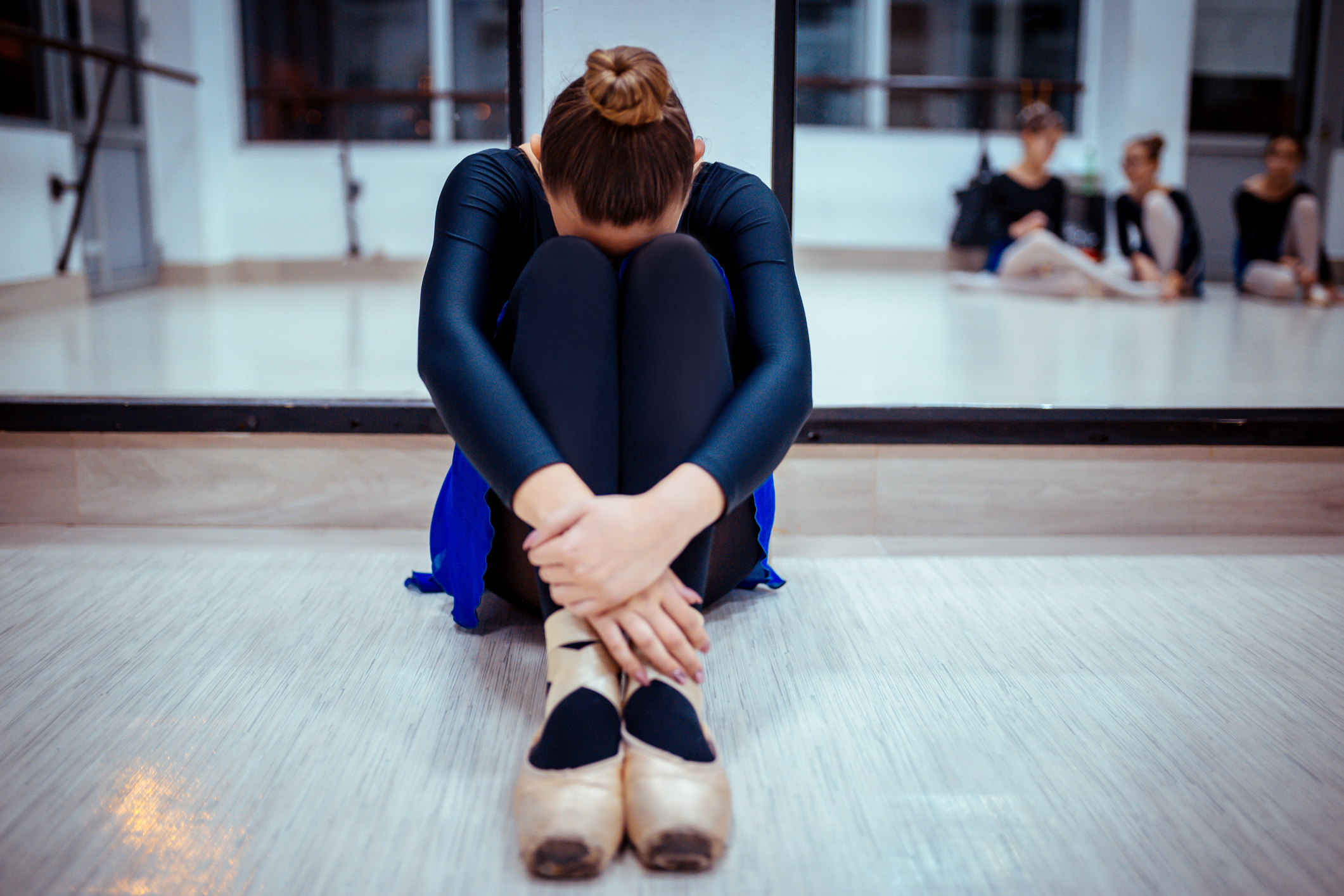
Dancers often put everything they have into their training. But when does the drive to give a good performance become unhealthy perfectionism?
Read this sample chapter from Sanna Nordin-Bates’ book Essentials of Dance Psychology, in which the author addresses the nature and consequences of perfectionism and offers practical advice to help dancers identify and manage the cognitive distortions that perfectionism can create.

Dance teachers know that motivation is the foundation on which excellence is built; but strengthening and maintaining it can be a lifelong journey for dancers.
In this sample chapter from Dance Psychology for Artistic and Performance Excellence, experts Jim Taylor and Elena Estanol discuss what inspires motivation, what obstacles can arise, and how dancers can protect their motivation throughout their practice.
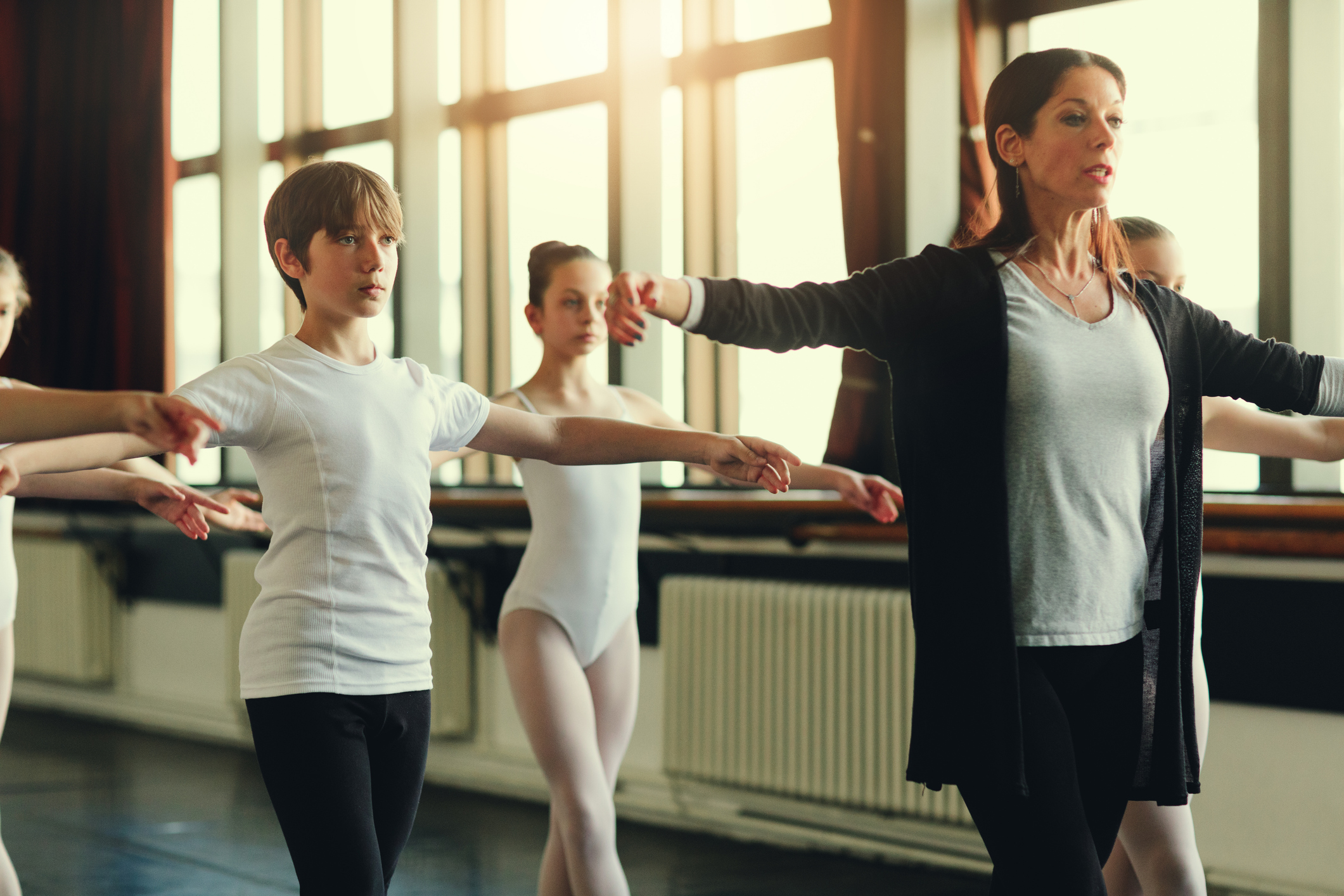
Between science and art lies a key component to successful dance performance: the body-brain connection, the relationship between our cognitive and physical abilities.
Read this chapter from Brain-Compatible Dance Education, in which expert dance teacher Anne Green Gilbert describes how nurturing a young dancer’s brain development can help strengthen their reflexes and coordination with every plié, relevé, and leap.
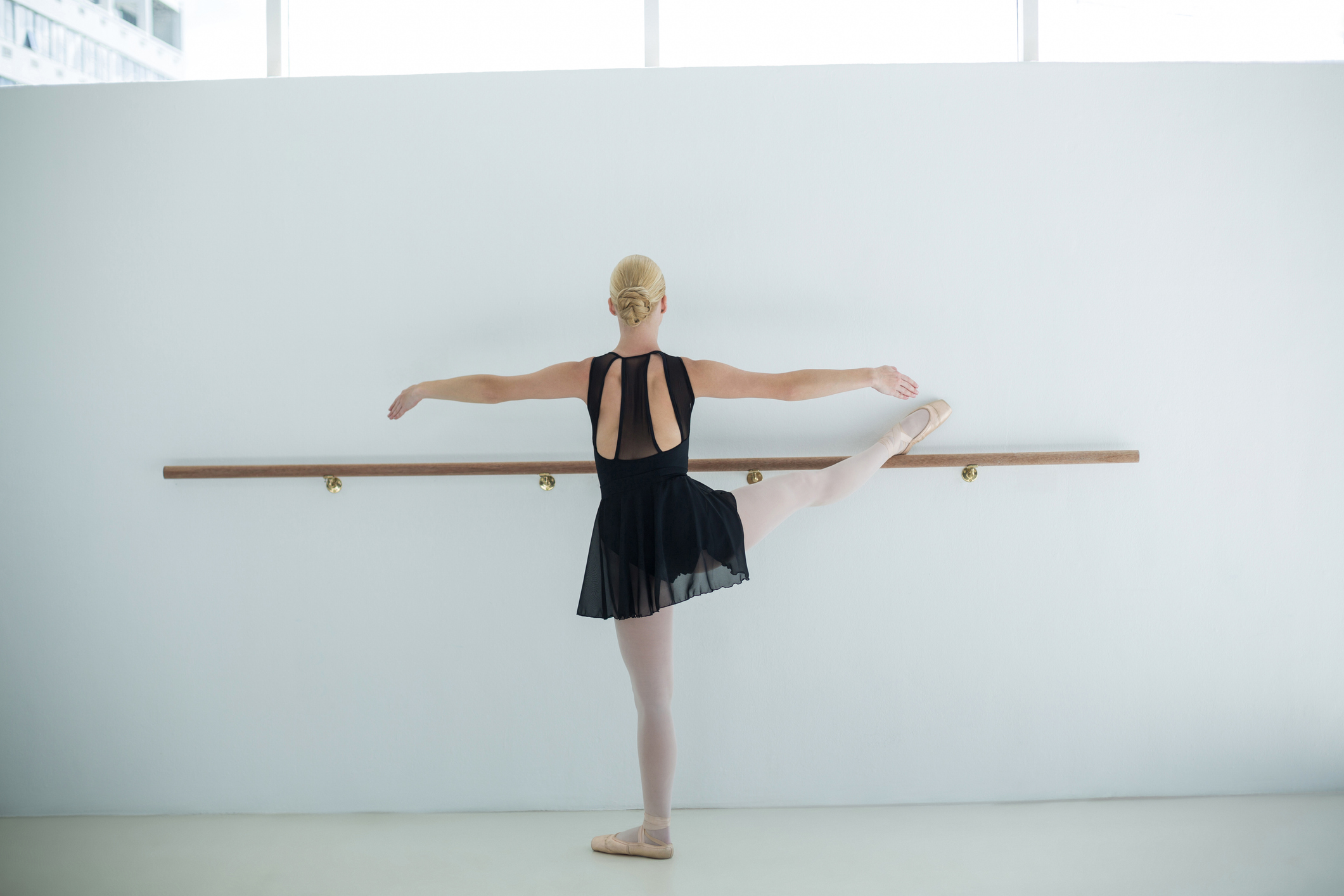
Body awareness is vital for any dancer, particularly when it comes to strengthening posture and physical alignment; and this awareness begins in the mind.
In this provided chapter from Eric Franklin’s Dynamic Alignment through Imagery, the author discusses how dancers can engage in the psychological act of mental imaging to help set and hold posture, and extend every movement to fulfill their maximum potential when both learning and performing.
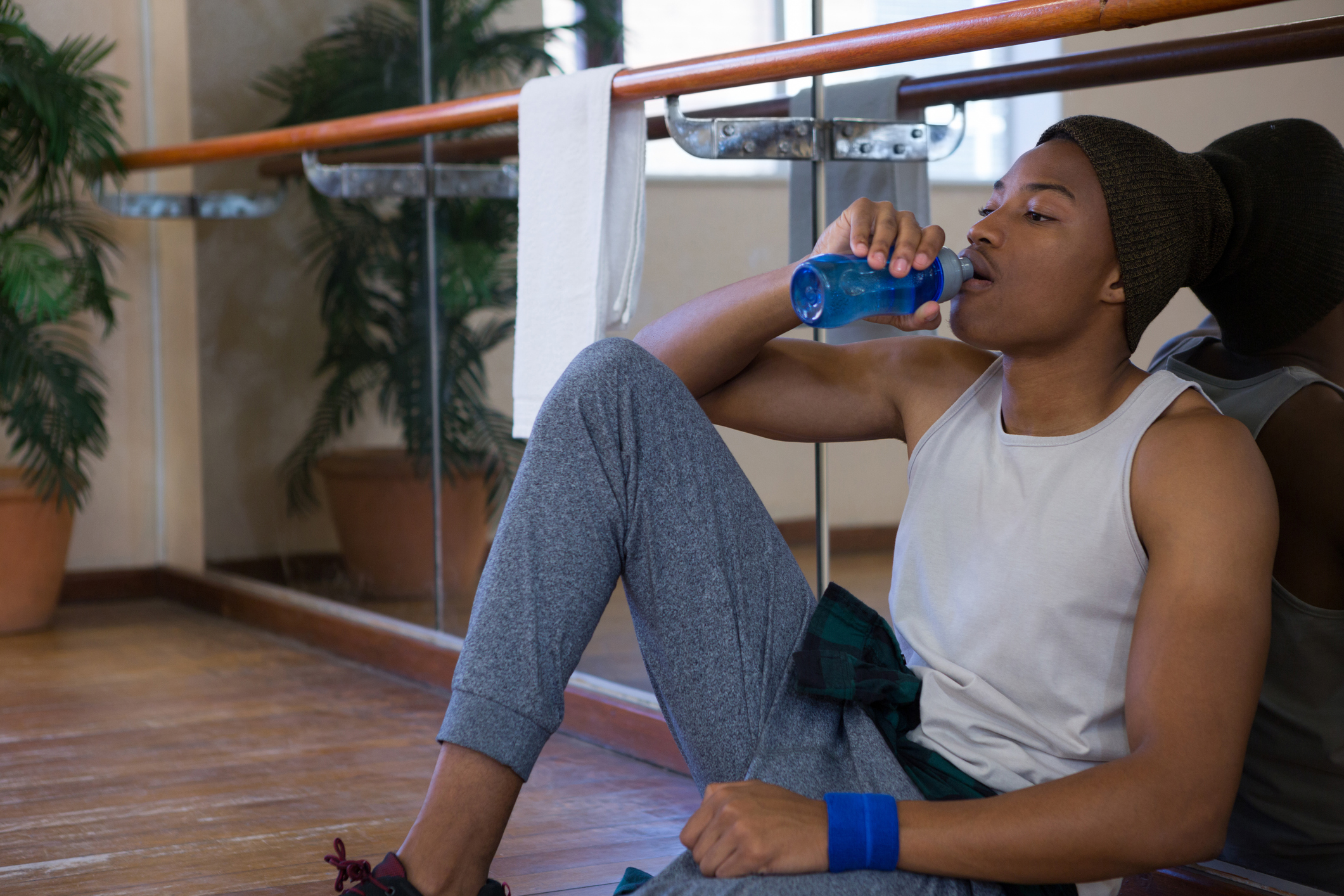
Dancers can experience the most artistic fulfillment when they take charge of their wellness, and a big part of wellness is knowing when to rest and recover.
Read this chapter from Dancer Wellness, in which Glenna Batson and Margaret Wilson discuss the importance of rest for dancers, offer practical ways to help dancers identify when recovery periods are needed, and help maximize the time between strenuous sessions.
Behind every captivating dance performance lies countless hours of disciplined training. But teachers, directors, and choreographers know that training hard isn’t the same as training well.
This month, Human Kinetics Library brings you a selection of chapters highlighting key elements of dance training to support long term development including core conditioning, strengthening and protecting feet, ankles and knees, improving speed and coordination, and navigating injuries.
Scroll further to explore topics in practical dance training from Human Kinetics Dance Technique.

In dance, power and precision begin with a strong core. Learn about how to strengthen lower back, hip, and abdominal muscles using principles of resistance training, anatomy, biomechanics, and neuroplasticity in this sample chapter from Conditioning for Dance, written by veteran dancer and choreographer Eric Franklin.
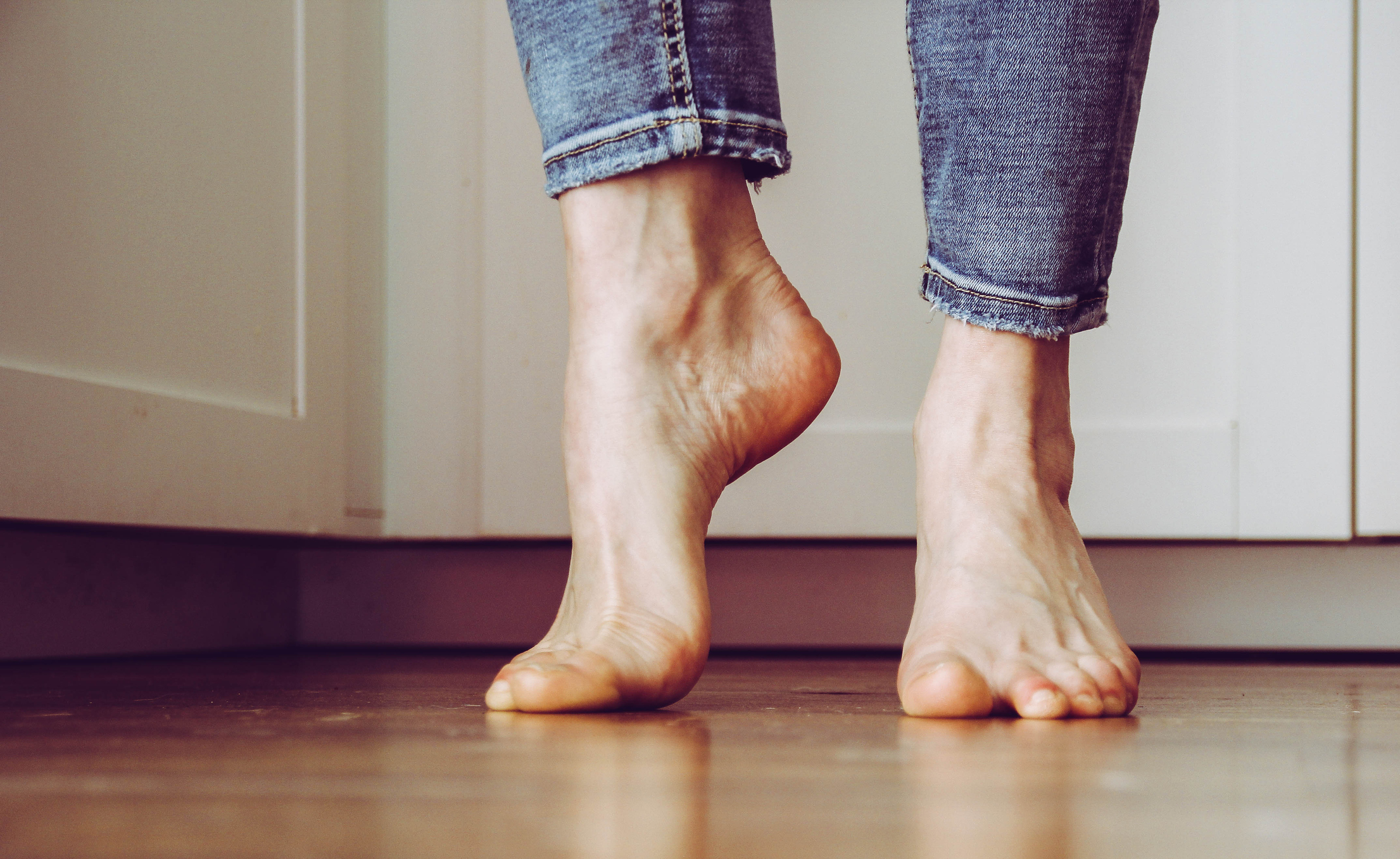
Strong and balanced feet root strength throughout the body. Read this chapter from Dance Anatomy, in which Jacqui Greene Haas offers techniques she perfected as athletic trainer for the Cincinnati Ballet to help all types of dancers strengthen and protect their feet against injury.

Because the knee joint is the largest articulation in the body, it can be exposed to tremendous stresses during dance training. Professor and kinesiologist Karen Clippinger draws from anatomical and biomechanical principles in this chapter from her book Dance Anatomy and Kinesiology, in which she helps dancers understand and protect their knees and patellofemoral joints.
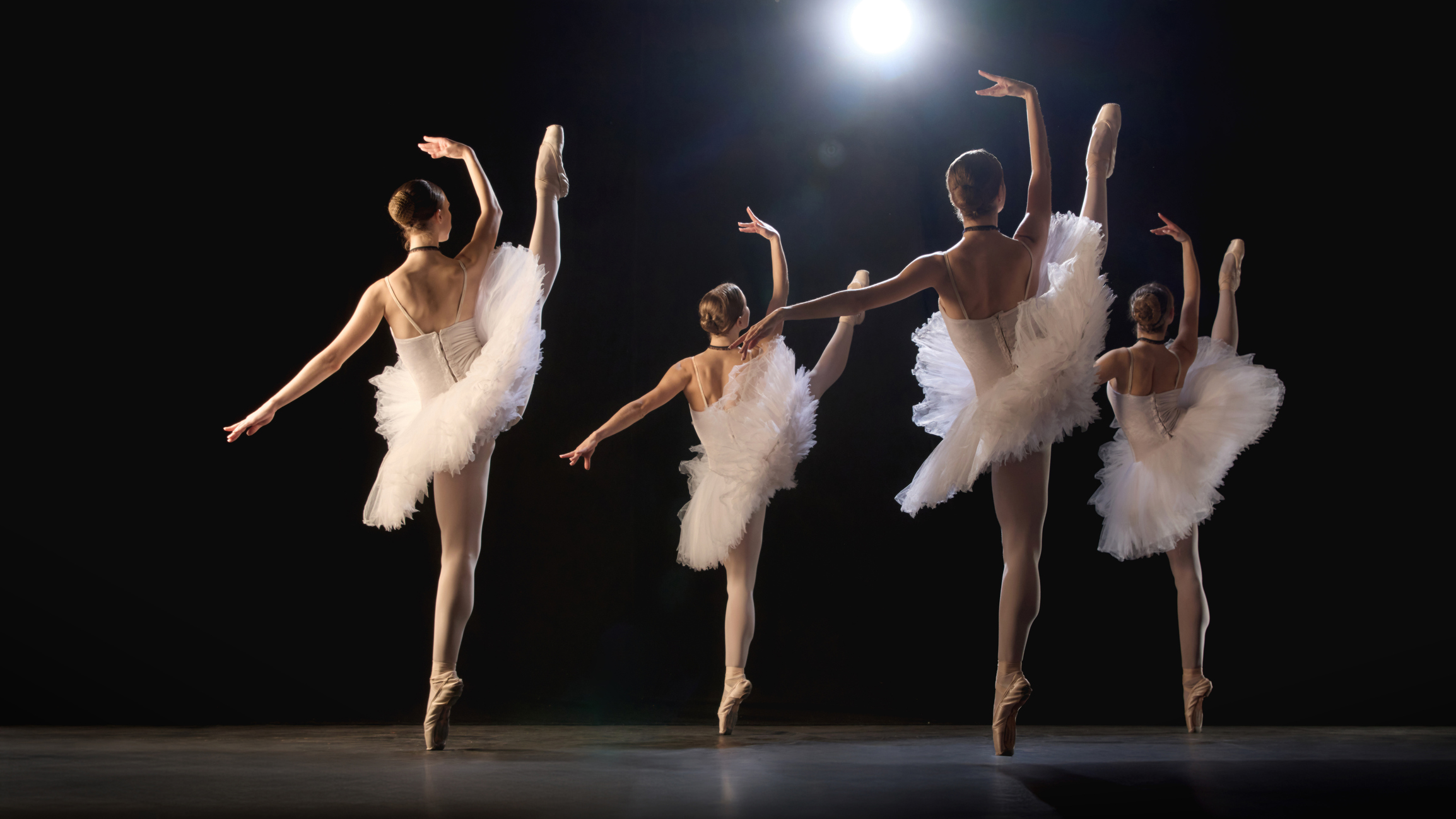
Performing complex choreography in unison with other dancers requires great coordination and accuracy. This provided chapter from Motor Learning and Control for Dance contextualizes these skills by examining the motor behaviors that provide their foundation, including helpful illustrations for both dance students and instructors.

Dancers of every age and skill level should be able to enjoy their dance practice without physical risk, but the occasional injury is often unavoidable. Read this sample chapter from Safe Dance Practice in which experts Edel Quin, Sonia Rafferty, and Charlotte Tomlinson offer guidelines for minimizing risk factors and navigating injuries to safely maintain dance participation.